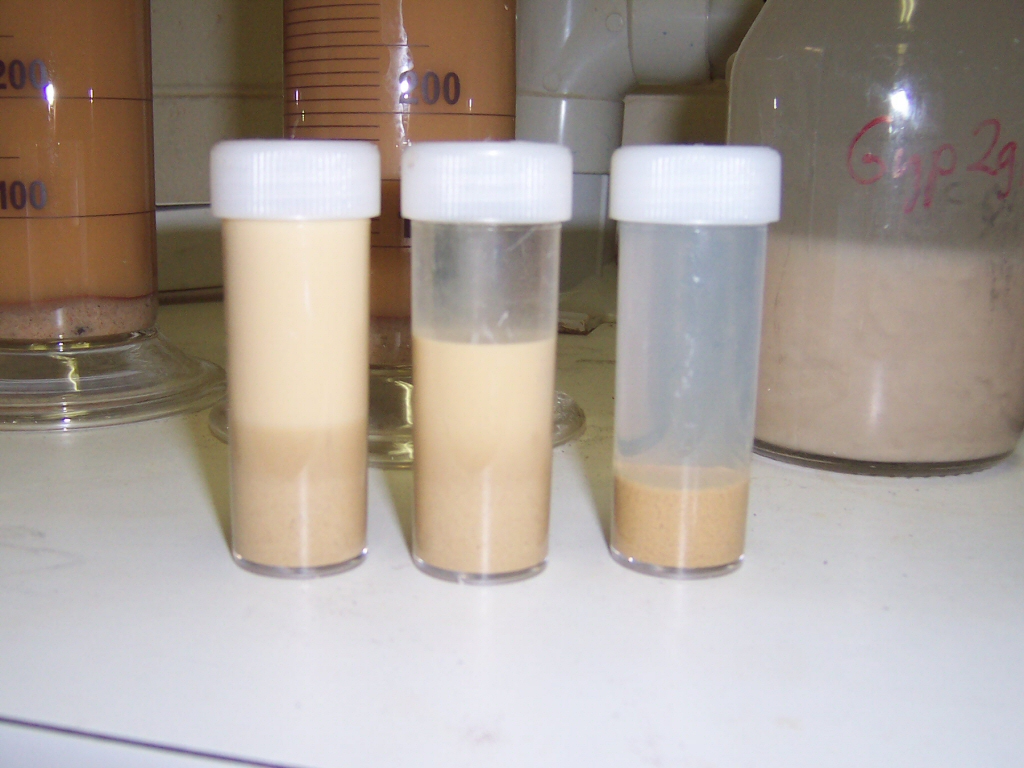Clay soils can be the best or worst in the garden depending on the type of clay in question and how we treat it. By understanding a bit about what clay is and what gives it its unique properties (both good and bad) we can turn it into a real pleasure to work with.
Some clays naturally form into small aggregates (these are called self mulching clays) that allow water to drain freely between the aggregates yet store moisture and nutrients within them. Clay consists of extremely small particles that have a slight electrical charge, a chemical property which the other inorganic soil particles, sand and silt do not have. This property gives clay some unique characteristics with the most important being the ability to attract and store nutrients such as calcium, potassium and nitrogen which in turn are released to plant roots over time, which is a great positive attribute of your clay soil.
There are many different types of clay to be found depending on the various clay minerals present. The clays used for pottery, for example, need to be a specific type otherwise the pottery cracks when it is put through a kiln. The minute particles of some clay minerals can actually repel each other and cause what is known as dispersion where clay aggregates will go into suspension when wetted. In other clay minerals the physical bonds between particles are weak and unless held together by organic matter the aggregrates will collapse. In both cases these are disastrous clays which will set like concrete and be impossible to work with unless treated. There is a simple test and several solutions for both problems:
A simple test to help improve clay soils
An undisturbed lump of clay is placed into a jar of tap water and observed for a few hours. Several reactions are possible. The clay particles float up into the water making it cloudy – they are repelling each other and this is dispersion. The second reaction is that the water remains clear but the aggregates collapse in a heap- this is known as slaking. Thirdly the aggregate remains as it is – this is a ‘good’ clay for the garden.
It is a good idea to test the pH before deciding which treatment to use as we may be able to cure other soil problems at the same time.
How to improve dispersion in clay soils
There are several things you can do to improve a clay soil-
- Dispersion is treated with a source of calcium - gypsum (calcium sulphate) is best where the pH is already suitable. Lime (calcium carbonate) or dolomite ( a mixture of calcium carbonate and magnesium carbonate) is best where the pH is a too acidic - here we can kill two birds with one stone by balancing the pH and encouraging your clay to clump.
- Slaking is treated by adding organic matter. The choice of organic matter is dependent again on pH. Some composts and manures have a higher pH than others. Adding as much organic matter as you can will open out your soil and improve the amount of oxygen. Using mulches such as leaf litter, bark and compost is a must, as they can be incorporated into your soil as they decompose.
- Adding coarse sand and forking it in will help to open out your soil

